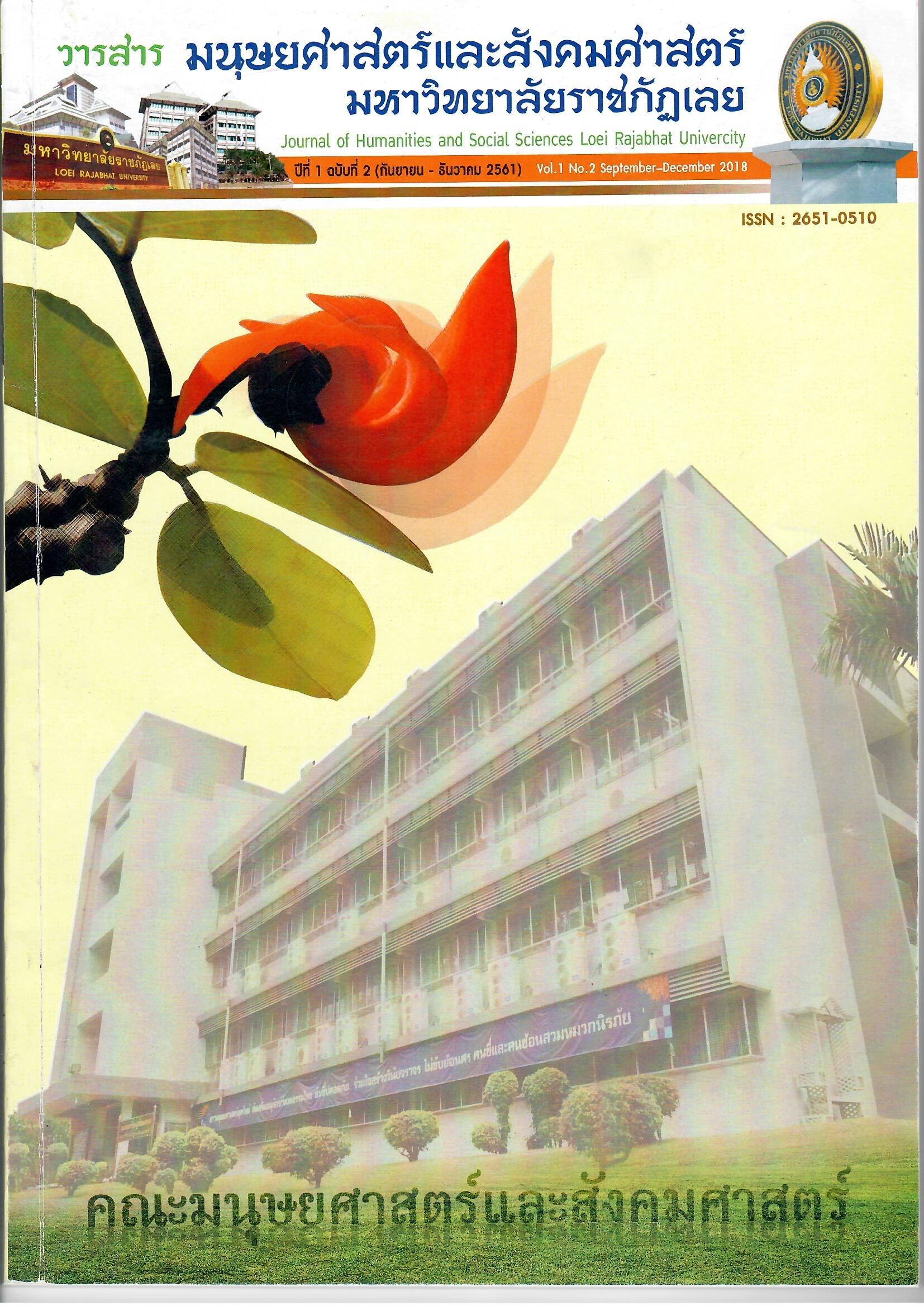A Qualitative Research: Reading Strategies in English Academic Reading
Keywords:
Academic Reading, Reading strategy, Science-Oriented StudentsAbstract
This qualitative study aims to investigate the reading strategies in English academic readings of 39 science-oriented undergraduates from four different government universities in Thailand. It focuses on how the participants employed reading strategies to improve their reading skills, solve the problems encountered while reading, and overcome comprehension failures. The data were collected with semi-structured interviews and were transcribed and analyzed with open and axial coding techniques. The results reveal two main emergent categories of reading strategies which were actual reading strategies (AR) and textual comprehension enhancement strategies (CE) with altogether 39 individual reading strategies.
References
English for Specific Purposes, 9, 67-87.
Adamson, H.D. (1991). Academic competence. English for Specific Purposes, 5,
55-79.
Adamson, H.D. (1992). Academic competence: Theory and classroom practice.
New York: Longman.
Alderson, J. C. (2000). Assessing reading. Cambridge: Cambridge University
Press.
Ampra, K. & Thaithae, C. (n.d). Thailand: Curriculum planning, development
and reform. Retrieved January 15th, 2009, from www.ibe.unesco.org/curriculum/ Asia%20Networkpdf/ndrepth. pdf.
Anderson, N.J. (1991). Individual differences in strategy use in second language
reading and testing. The Modern Language Journal, 75(4), 460-472.
Anderson, N.J. (1999). Exploring second language reading. Beijing: Foreign
Language Teaching and Research Press.
Bang, H.J. & Zhao, C.G. (2007). Reading strategies used by advanced Korean and
Chinese ESL graduate students: A case study. The Reading Matrix, 7(1), 30-50.
Block, E. (1986). The comprehension strategies of second language readers.
TESOL Quarterly. 20(3): 463-494.
Brumfit, C. J. (1980). Problems and principles in English teaching. Oxford:
Pergamon.
Carrell, P.L. (1998). Can reading strategies be successfully taught? Retrieved
January 19th, 2009, from http://www.jalt-publications.org/tlt/files /98/mar/ carrell.html.
Carrell, P.L. (1991). Strategic reading. In J.E. Alatis (Ed.). Georgetown University
Round Table on Language and Linguistics 1991. Georgetown University Press.
Goodman, K. (1995). The Reading Processes. In Interactive Approaches to Second Language
Reading. pp. 11-12. In Carrell, Patricia L., and Eskey, David E., ed. 6th Ed. Cambridge:
Cambridge University Press.
Grabe, W. (1991). Current development in second language reading research.
TESOL Ouarterly. 25(3), 375-406.
Green, J. & Oxford, R. (1995). A closer look at learning strategies, L2
proficiency, and gender. TESOL Quarterly, 29(2), 261-297.
Intaraprasert, C. (2000). Language learning strategies employed by engineering students learning English at the tertiary level in Thailand. Ph.D. dissertation, The University of Leeds, England.
Lau, K. (2006). Reading Strategy Use between Chinese Good and Poor Readers: A Think-aloud Study. Journal of Research in Reading, 29(4), 383-399.
Li, S. and Munby, H. (1996). Metacognitive strategies in second language
academic reading: A qualitative investigation. English for Specific Purposes, 15(3), 199-216.
Ministry of Education. (2002). The handbook for basic education: Foreign
language curriculum,National Education Act 2001. Bangkok: Academic Department, Ministry of Education.
Nunan, D. (1992). Research methods in language learning. Cambridge:
Cambridge University Press.
O’Malley, J.M. & Chamot, A.U. (1990). Language strategies in second language
acquisition. Cambridge: Cambridge University Press.
Ozek, Y. 2006. A study on the use of cognitive reading strategies by ELT students.
Retrieved December 9th, 2008, from http://www.asian-efljournal.com/pta_
august_07_ozec.php.
Pikulski, J. J. (1997). Teaching word–identification skills and strategies:
balanced approach. Retrieved June 2nd, 2005, from http://www.eduplace.com/rdg /res/teach/def.html.
Punch, K.F. (2005). Introduction to social research (2nd ed.). London: SAGE
Publications Ltd.
Sheorey R. & Mokhtari, K. (2001). Differences in the metacognitive awareness of
reading strategies among native and non-native speakers. System, 29(4), 431-449.
Silapasatham, .(1999). The development of teachers of English in primary schools.
Bangkok: The Office of the Education Council.
Strauss, A. and Corbin, J. (1990). Basics of qualitative research: Grounded theory
procedures and techniques. NP: Sage.
Strauss, A., and Corbin, J. (1998). Basic of quantitative research: Techniques and
procedures for developing ground theory (2nd ed.). Thousand Oaks, California: SAGE Publishers.
Zhang, L.J. and Wu, A. (2009). Chinese senior high school EFL students’
metacognitive awareness and reading-strategy use. Reading in a Foreign Language. 21(1): 31-59









